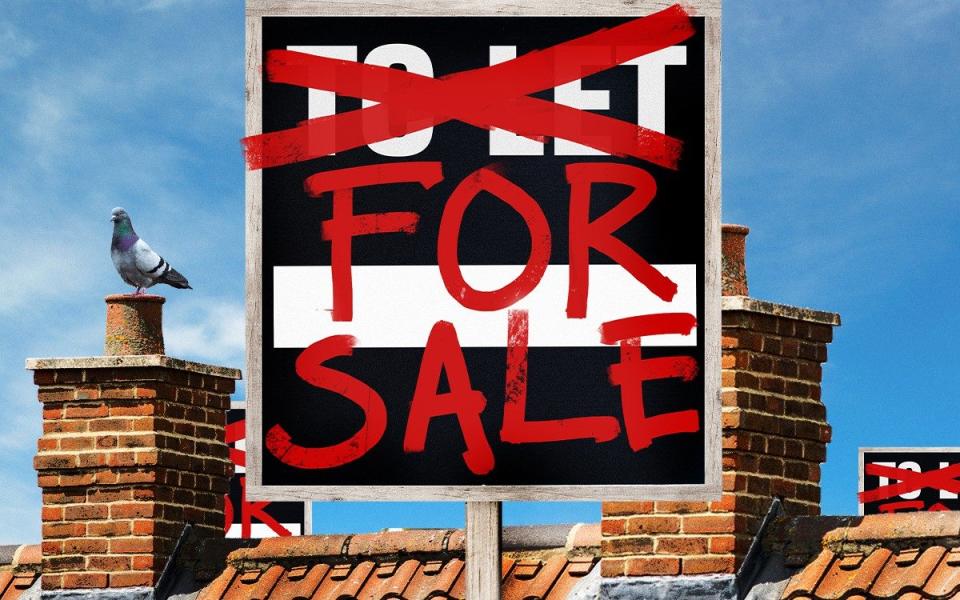Landlords face £7,500 losses as buy-to-let dream turns sour

Landlords are facing losses as high as £7,500 this year as increased mortgage costs and taxes threaten the buy-to-let business model.
Property investors are being hit hardest in Three Rivers in Hertfordshire, Cambridge and Ryedale in North Yorkshire as rental income fails to cover their expenses.
Experts warned that skyrocketing costs were pushing landlords to sell up in some areas or inflict huge rent rises on their tenants.
A landlord renting out a detached house in Three Rivers, with a mortgage worth 75pc of the purchase price, would lose £7,542 a year on average after the costs of income tax, mortgage repayments, and maintenance are factored in, according to Hamptons estate agents.
Renting out a semi-detached home in the area would leave a landlord £3,865 out of pocket, while for a terrace and flat the losses were £2,896 and £777 respectively.
Landlords in Cambridge will also struggle to make the numbers stack up with a 25pc deposit, the report said. The average loss on a detached home would amount to £5,982. On a semi-detached home losses were £3,499, while a terrace would be £2,965 in the red. Flat owners fared only marginally better, with losses of £504.
Hamptons found 75 local authorities where landlords were at risk of losses. In many areas, flats were the only property type that would yield any profit at all. This included Sevenoaks in Kent, South Hams in Devon and St Albans in Hertfordshire. Even with a flat, their profits would be less than £100 a year.
Landlords with deposits of 25pc were most squeezed in parts of London, the South and the East, the research found.
Robert Jones, of Property Investments UK, a buy-to-let specialist, said properties were more expensive in these areas. Although rents were rising, they were not keeping pace with the growing cost of servicing mortgages.
The average two-year buy-to-let mortgage rate has risen from 2.77pc to 5.81pc in the past year, according to Moneyfacts, an analyst.
Chris Norris, of the National Residential Landlords Association, a trade body, said landlords were increasingly selling their properties because they were no longer able to cover their costs, which was contributing to a shortage of rental homes.
“It’s really challenging for landlords at the moment,” he said.
Other landlords were only just breaking even, he said, which had convinced many to invest their money elsewhere.
Landlords who are able to increase the size of their deposits to 50pc are more likely to turn a profit, although experts said few had the funds to do this.
Mr Norris called on the Government to review the way landlords are taxed.
Since 2020, landlords who own properties in their own names can no longer offset their mortgage interest repayments against their tax bills.
Landlords also face bills of up to £10,000 under proposals to require all newly-let properties to have an Energy Performance Certificate rating of C by 2025.

 Yahoo Finance
Yahoo Finance 